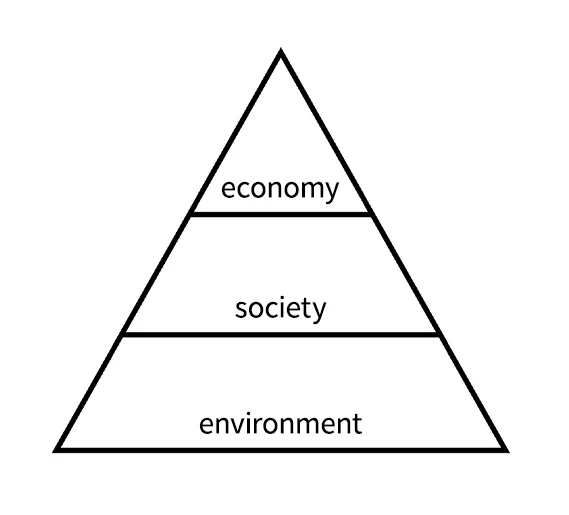Web Quality Contributes to Environmental, Social, and Economic Sustainability
Executive FellowKazuhito Kidachi
As companies across various industries and sectors are increasingly expected to contribute toward sustainability, we have frequently mentioned in our Columns, listed below, that we aim, to the greatest extent possible, to standardize the development, operation, and creation of content for websites in order to meet the success criteria outlined in the Web Sustainability Guidelines (WSG) , currently being developed by W3C.
- Latest Trends in Sustainable Web Design (Original Published October 21, 2022)
- Guidelines for Implementing Sustainable Web Design – Now Available (Original Published September 26, 2023)
- Verification: Reconsiderations on Browser Checking (Original Published August 27, 2024, in Japanese)
Version 1.0 of the WSG classifies individual success criteria into four categories: User-Experience Design; Web Development; Hosting, Infrastructure and Systems; Business Strategy and Product Management. Departing from such categorization, we have taken a fresh perspective on how our past focus on web quality relates to sustainability.
Generally, in the context of sustainability, three key areas are often discussed - they are environmental, social, and economic. The pyramid diagram below shows these key categories in a hierarchical structure of dependency: basically, if an environment is unsustainable then the corresponding society cannot be sustainable, and similarly, if the societal aspects are unsustainable, then an economy cannot be sustainable.

While I understand that its rather difficult to link the specific categories/layers in Figure 1. with specific web quality initiatives or services upon which our company has focused - for example, improving UX can make positive contributions to the environment, society, and economy. However, if we were to dare to link them on an individual basis, even if a little arbitrary, I believe that we can organize them as shown in the diagram below.

Below, I will briefly explain my rationale for the association.
Environment
Given concerns about the effects of global warming, reducing power consumption, and therefore greenhouse gas emissions, is considered an urgent environmental issue in today's world.
Compliance with web standards ensures that content appears and operates as intended, thus eliminating the need for error handling, across a variety of browsing environments. In addition, without needing to create separate versions for multiple screen sizes the adoption of responsive design makes it possible to provide a consistent level of both optimum visibility and usability across a variety of use environments. Both qualities can contribute to reducing power consumption.
Furthermore, the quality of display performance, including the speed at which content is rendered, is directly linked to the amount of power consumed. In general, the faster the display speed, the less power consumed when browsing content.
Society
Since the United Nations established the "2030 Agenda for Sustainable Development," also known as the Sustainable Development Goals (SDGs), the phrase "Leave No One Behind" (LNOB) has become ever-increasingly commonplace.
Underlying this phrase is a quality called accessibility, or ease of use for all users - this includes people with disabilities and the elderly. By continually maintaining and improving the accessibility of online content, webmasters can ensure that no one is left behind.
Economy
Web content should have qualities that contribute to environmental and social sustainability, and, simultaneously, contribute to ensuring the economy, that is, our customers' businesses, are sustainable.
Findability, or the ease with which web content can be found, includes both the ease of discovery from outside the site (SEO, on social networks, etc.) and the ease of finding it within the site (good information architecture, ease of use of site search, etc.). Getting target customers to discover content is a first step in establishing a business.
Regarding target user-oriented content, usability can be defined and measured as delivered effectiveness, efficiency, and satisfaction. Naturally, content that delivers excellent usability and is straightforward in its usage is essential for business. Furthermore, if companies can provide excellent user experiences (UX) before, during, and after the browsing of content, they can expect to further improve the sustainability of their business.
Having written the above classifications and structures based on my personal views, I believe that the web quality and related services upon which we have focused all contribute toward environmental, social, and economic sustainability. Regardless of how the WSG are revised in the future, we believe that by further evolving and strengthening our efforts to date, we can contribute to the sustainability of our customers' businesses, wider society, and, ultimately, the global environment.
For more information on our services, timeframes and estimates, as well as examples of our work, please feel free to be in touch.
